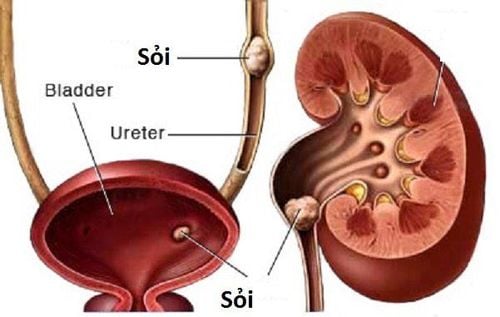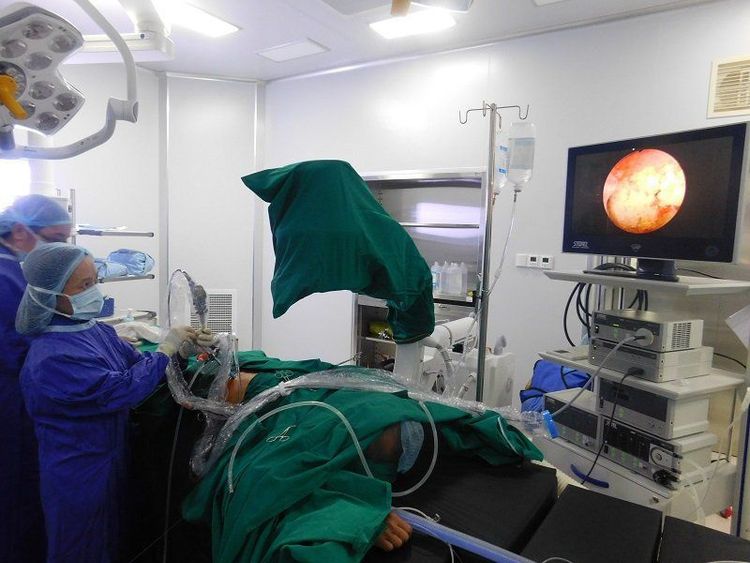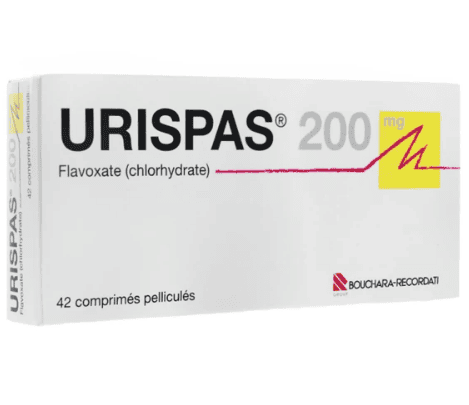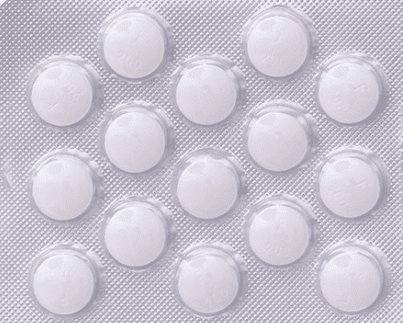This is an automatically translated article.
The article was professionally consulted by Associate Professor, Doctor, Doctor Tran Le Linh Phuong - Department of General Surgery - Vinmec Nha Trang International General HospitalUrinary tract stones account for a high proportion of total urinary tract diseases. Timely detection and treatment help prevent dangerous complications of the disease. What are the treatments for urinary tract stones? Let's find out in the article below.
1. What are urinary tract stones?
Urinary tract organs include: kidneys, ureters, bladder (bladder) and urethra. When stones appear in any position of the urinary system, it means that there is a urinary stone. Thus, urinary stones include kidney stones, ureteral stones, bladder stones and urethral stones.
Urinary stones cause many dangerous complications such as:
Stones move, rub against the lining of the urinary tract causing edema, bleeding, which is a favorable condition for bacteria to invade, causing urinary tract inflammation. The stone is stuck in a narrow position, causing acute or chronic urinary retention. Renal function may be impaired, leading to acute or chronic renal failure.

Sỏi đường niệu có thể gây nhiều biến chứng nguy hiểm
2. Do all cases of urinary tract stones require treatment?
If the urinary tract stones are small, less than 4mm in size, 90% can be eliminated by natural sugar when the patient drinks a lot of water. If the stone is from 4mm to 6mm, the possibility of passing out through the urinary tract is lower, but it can still happen. In some cases, stones are small but cannot be passed due to narrowing of the urinary tract.
Low rate of natural path for gravel size over 6mm. Especially with stones over 1cm, the probability of coming out is very low.
For the cases of stones that cannot be eliminated by the natural way, depending on the location and influence of the stone on kidney function to choose the appropriate treatment.
3. Methods of treating urinary tract stones
Depending on the location and influence of stones on kidney function to choose different treatment methods:
3.1 For kidney stones, ureteral stones Medical treatment in case: Stone size is less than 7mm, smooth . Renal function is good, ureteral circulation is good. The stone has not caused complications, the whole body is not too weak, there is no chronic disease. Treatment: Use smooth muscle relaxants, increase exercise, drink lots of water. Medical treatment when there are complications: In case of large stones, affecting kidney function. The patient's condition is weak. Cannot use surgery. Treatment: antibiotics, anti-inflammatory pain relievers, muscle relaxants. Treatment with less invasive methods: this is an effective method widely applied today, including: Extracorporeal lithotripsy: Applied when kidney stones < 2cm, ureteral stones < 1cm, kidney function in good condition, normal renal ureteral circulation, no kidney disease such as kidney tumor... With this method, up to 60% of stones can be treated. Ureteroscope lithotripsy: Apply when the stone is < 1cm, the kidney function is still good. This method treats 10% of stones requiring intervention. Percutaneous lithotripsy: Apply to coral stones, kidney stones or 1/3 stones on the ureter with urinary tract malformations. This method treats 10% of stones requiring intervention. Retroperitoneal endoscopy to remove stones: Apply to stones >1cm in size, or when treatment with the above methods fails. This method treats 10% of stones requiring intervention. Surgical treatment: This method is used when the minimally invasive treatment has failed, in the following cases: When there are many coral stones There is a complication in the lithotripsy method. Stones with narrowing of the urinary tract. The treatment methods include: Open the renal pelvis, open the ureter to remove stones, drain the kidney when there is pus, remove the kidney when the kidney is no longer functional. 3.2. For bladder stones Medical treatment: Applied in case of small, new stones falling from the ureter. Treatment is by using antibiotics, anti-inflammatory pain relievers, muscle relaxants.

Điều trị nội khoa có thể áp dụng trong trường hợp sỏi nhỏ, mới rơi từ niệu quản xuống
Treatment with minimally invasive methods: endoscopic stone removal when the stone is small <3cm, unable to urinate. Surgical treatment: Indicated when large stones > 3cm, bladder stones with diseases causing urethral strictures, prostate tumors... 3.3. For urethral stones Based on the location of the stones to choose the appropriate treatment:
Stones in the anterior urethra: Pick up the urethral stones through the mouth of the flute. Stones in the urethra are pushed back into the bladder: treat as bladder stones. Surgery: Applied when the stone stuck in the urethra cannot be picked up and cannot be pushed into the bladder, the stone is in the bladder diverticulum or there is a narrowing of the urethra.
4. Treatment of urinary tract stones at Vinmec International General Hospital

Phẫu thuật sỏi đường tiết niệu tại Bệnh viện Đa khoa Quốc tế Vinmec
Currently at Vinmec International General Hospital, all of the above-mentioned methods of treating urinary tract stones are performed. Customers who choose to treat urinary tract stones at Vinmec will have the following benefits:
Being screened, diagnosed and selected by a team of leading nephrologists in the industry. The doctors perform the treatment techniques proficiently and experienced. Modern equipment system and continuous investment to update the latest medical advances in the world. After treatment, the patient will be consulted by the doctor with all the measures to minimize the recurrence of stones.
Please dial HOTLINE for more information or register for an appointment HERE. Download MyVinmec app to make appointments faster and to manage your bookings easily.













